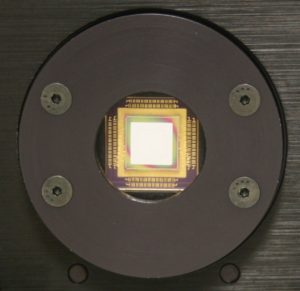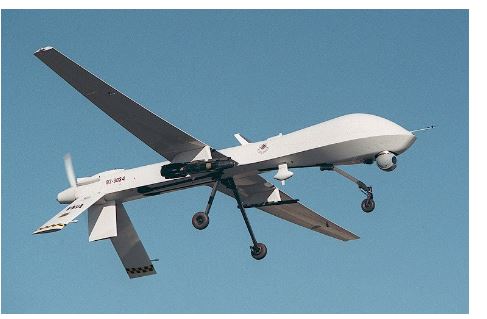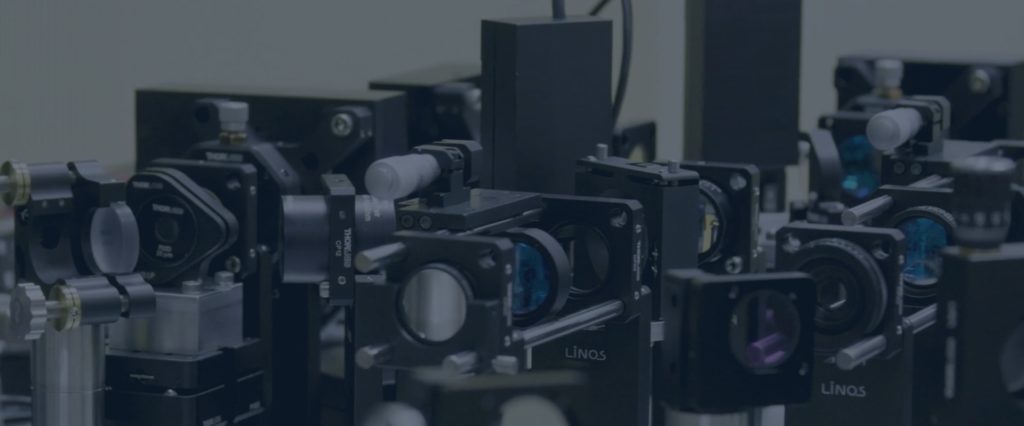Before Deformable Mirrors became popular in the Adaptive Optics industry, consumers would generally turn to liquid crystal-based device (LCOS) spatial light modulators to confront their challenges. Here at BMC, we regularly receive questions on how all deformable mirrors, in addition to our MicroElectroMechanical (MEMS) deformable mirrors, compare to LCOS devices. Below I have touched upon some of the top differences between the two devices that I believe should play an important factor in one’s decision to purchase a wavefront shaping device.

1) LCOS devices are only available in a segmented architecture, where MEMS DMs offer both continuous and segmented styles in various styles and options. Although both layouts have their own advantages, most researchers favor the continuous model. Due to discontinuities between the actuators, it prevents any sharp edges within the image, making it well suited for imaging applications. Claire Max at UC Santa Cruz has explained and presented calculations on how you can achieve higher level of correction capability with a continuous mirror. Check out slide 47, which goes over her calculations here.
2) With MEMS DMs, we are able to offer strokes up to 5.5um (1.5um, 3.5um and 5.5um available), while LCOS SLMs are generally limited to only a stroke of 2PI in the visible region. This can be a major inconvenience for certain applications with higher amplitude aberrations.
3) The response time of our devices have always been much faster than any liquid crystal device on the market, while recent updates to our product line achieve even FASTER rates than before. Our devices can operate up to 60 kHz with our new high speed Kilo-S Driver or our Low-Latency Driver, whereas LCOS devices are limited to only a few hundred Hertz at best.
4) For the most part, LCOS devices are transmission based, causing light to be absorbed by the medium and resulting in lost light. There have been reflective devices introduced recently, however, they tend to scatter large amounts of light due to the small segment sizes. With a MEMS device, our segmented mirrors are over 98% reflective and our continuous mirrors are greater than 99%. Of course, this is the case only with the appropriate coating for the wavelength at which you are operating.
If you’re interested in learning more about the differences between MEMS DMs and LCOS devices or the differences between any other mirrors currently on the market, please feel free to contact us here.
Check more
Related Articles

Defense TechConnect Conference and Expo: Fun in the Sun with the MRR
Last week I was fortunate enough to be able to parade BMC’s Modulating RetroReflector (MRR) in front of multiple audiences affiliated with the Defense community at the Defense TechConnect (DTC) Conference and Expo in Tampa, Florida.
# Low Response Time 11.01.2018
Read more
MiFoBio 2018: AO Microscopy in Action
Recently, Boston Micromachines sponsored MiFoBio (Functional Microscopy in Biology), an event that brought together the microscopy community, academics and professionals alike, to attend courses and workshops that explored the understanding and current trends of biological imaging.
# Low Response Time 10.16.2018
Read more
